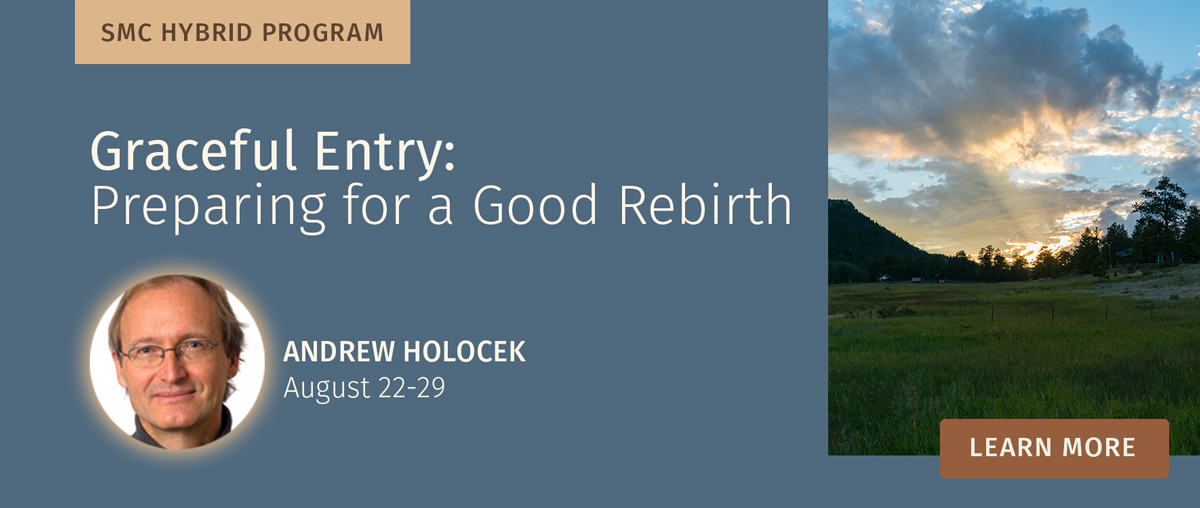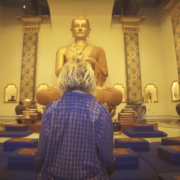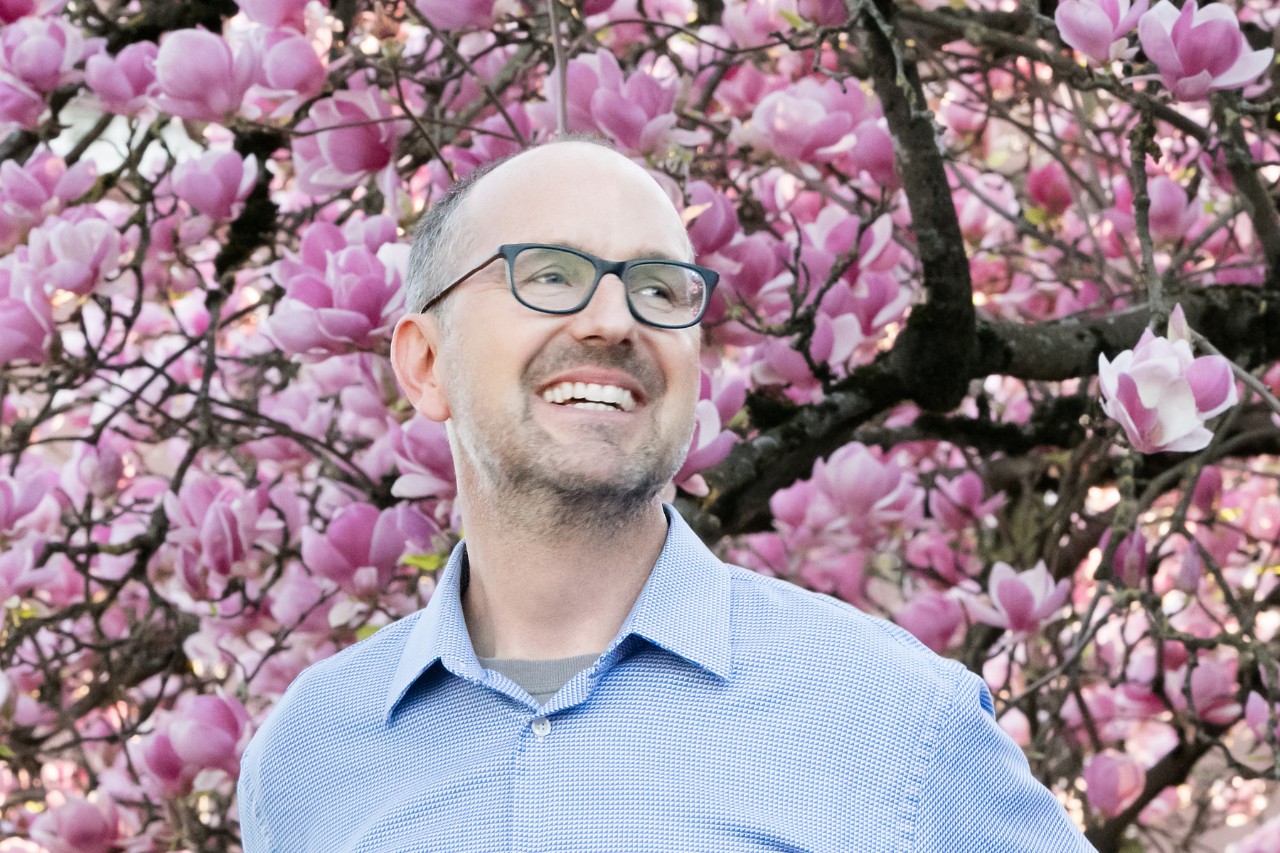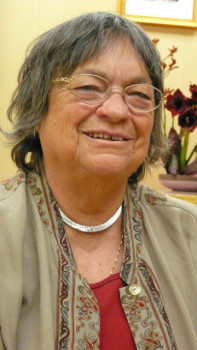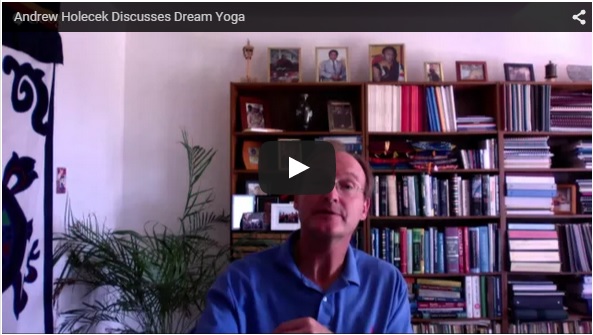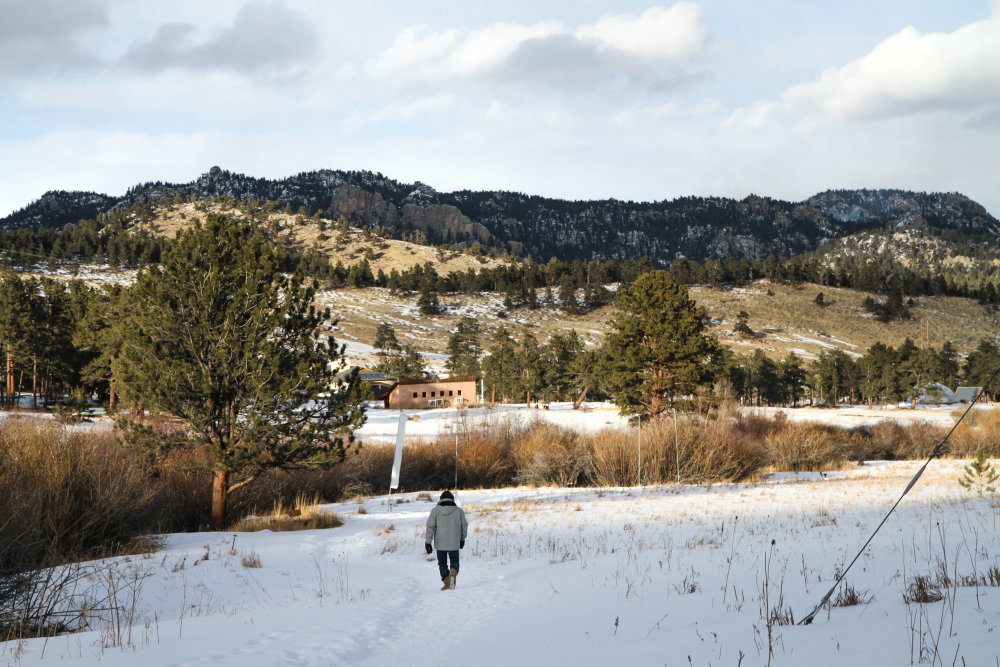Bardo of Becoming
// by Andrew Holecek
If you are well trained, your first after-death experience will be the luminous bardo of dharmata. If you’re unfamiliar with the subtle states of mind revealed in this bardo, it will flash by in an instant, or be completely missed. Those who have practiced the meditations that facilitate recognition will reap the rewards, and attain liberation at the level of the dharmakaya or sambhogakaya.
Without this preparation, most of us will wake up in the karmic bardo of becoming. For nearly everyone, the first experience after regaining consciousness is a sense of being in their own body. Even though the mind is without a body at this point, the habit (karma) of being embodied is so strong that it continues. You feel like your old self, and don’t know you are dead.
Since this bardo is ruled by the winds of karma, the experiences are particularly fickle. These “winds” are not literal winds, of course, but a metaphor for how we are blown around by the power of karma. Because we have a mental body in this bardo, we’re tossed around like a leaf in an autumn windstorm. In the previous bardos there’s at least a theoretical order. In the bardo of dying, there are the eight stages of the outer and inner dissolution. In the bardo of dharmata, we have the two phases, and the march of the hundred peaceful and wrathful deities over twelve meditation days. In the bardo of becoming there is no such order.
The bardo texts present a somewhat standard set of experiences: hanging around people and places from your last life, waking up to the shocking fact that you’re dead, coming upon three precipices, coming before Yama the Lord of Death, seeing the lights of the realms of samsara, seeing your eventual parents in union etc. But the timing is not definite. All sorts of things can happen at any time. The only framing is the recapitulation of the dying experience that occurs every seven days (discussed below).
We spend an average of forty-nine days in this bardo, though the time is not fixed. Because of all the “wind” in this bardo nothing is fixed. This bardo can flash by in an instant, or we can get stuck in it for years. But on average, the first half of these forty-nine days is associated with the last life, while the second half is associated with the next one. About half way through this bardo, there is a shift in experience: there is a growing dislike for the body of the previous life and a desire to get away from it.
To make things even more confusing, the world of this after-death bardo sometimes overlaps with our own. Especially during the first half, bardo beings will hover over their own physical bodies, and visit family and friends. They tend to come by at meal times, fuss over our activities, and not even know they’re dead. (1) As we will see, they’re also clairvoyant. This is why we can call them into our mind space and help them.
One marker of experience is that situations get increasingly chaotic as one progresses through this bardo. The winds of karma pick up strength the further we go, recognition becomes increasingly difficult because of a developing panic, and unless you know what’s going on and can direct these winds into a fortunate realm of existence, you will be tossed uncontrollably into your next life. (2) Kalu Rinpoche writes, “It is an entirely automatic or blind result of our previous actions or karma, and nothing that occurs here is a conscious decision on the part of the being; we are simply buffeted around by the force of karma.”
 Andrew Holecek
Andrew Holecek
Andrew Holecek offers seminars internationally on lucid dreaming and meditation. He is the author of many books, including The Lucid Dreaming Workbook: A Step-by-Step Guide to Mastering Your Dream Life; Dream Yoga: Illuminating Your Life Through Lucid Dreaming and the Tibetan Yogas of Sleep; Dreams of Light: The Profound Daytime Practice of Lucid Dreaming, and the audio learning course, Dream Yoga: The Tibetan Path of Awakening Through Lucid Dreaming. Dr. Holecek is a member of the American Academy of Sleep Medicine and the author of scientific papers on lucid dreaming. His work has appeared in Parabola, Lion’s Roar, Tricycle, Utne Reader, Buddhadharma Magazine, Light of Consciousness, and many other periodicals. He holds degrees in classical music, biology, and a doctorate in dental surgery.
References:
(1.) Etymologist John Ayto writes: “In Old English times, ghost was simply a synonym for ‘spirit’ or ‘soul’ (a sense preserved in Holy Ghost); it did not acquire its modern connotations of the ‘disembodied spirit of a dead person appearing among the living’ until the 14th century.”
(2.) It takes an average of forty-nine days for karma to sort itself out and the next life to therefore take shape. If karma is really good or really bad, the force of that strong wind blows us into a higher or lower realm instantly. For most of us, the four forces of karma (strong, proximate, habitual, random, see below) that work during any moment of transition have to play themselves out.
Just like the complexities of trying to predict weather patterns, and the winds, temperatures, humidity, and pressure systems that combine to create them, it is even more difficult to predict how karmic winds will play out in the bardo. So many factors come into play, so many different forces of karma, so many different jet-streams and breezes combine to create our experience now – and after death.
Ken Wilber’s elegant AQAL (all quadrant all level) model is one of the best current maps of this complexity as it manifests moment-to-moment in daily life. Every occasion can be described from four perspectives, and arises from the interdependent influence (winds) of those four quadrants. The four quadrants simultaneously describe and produce everything. The NW wind is individual interior (mental states); the NE wind is individual exterior (brain states); SE wind is collective exterior (social); SW wind is collective interior (cultural). How much more complex in the bardos, when it is not just the winds from this life, but countless past lives that converge to create your reality. See Sex, Ecology, Spirituality; The Spirit of Evolution, and A Brief History of Everything, by Ken Wilber for more on the four quadrants. It is no accident that a few of the scientific disciplines that try to describe dependent origination from a conventional point of view are called Chaos Theory and Complexity Theory. From a spiritual point of view we can start to get a feel for why it is said that only a Buddha can fully comprehend karma.

